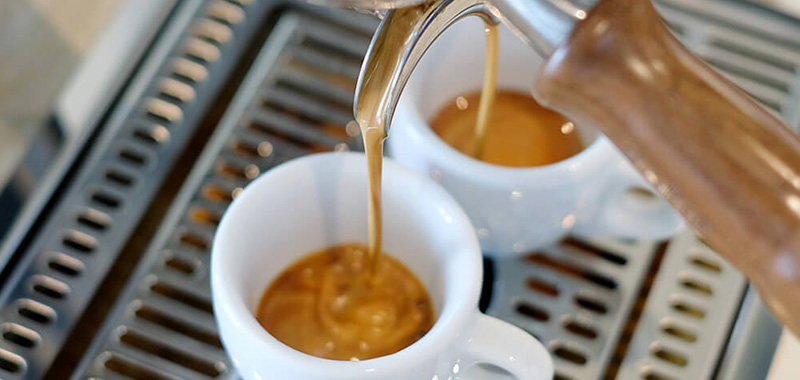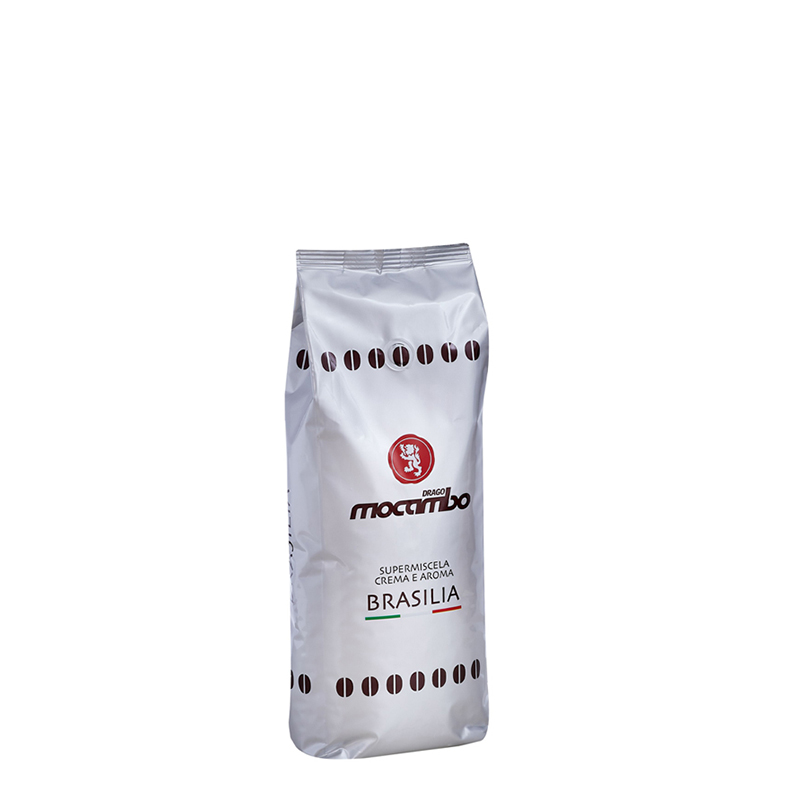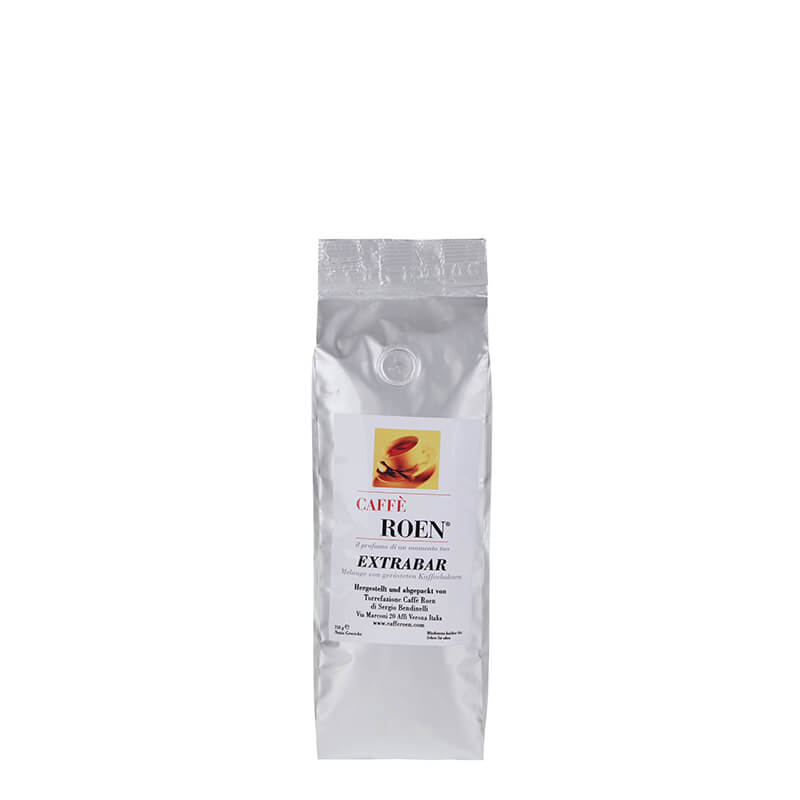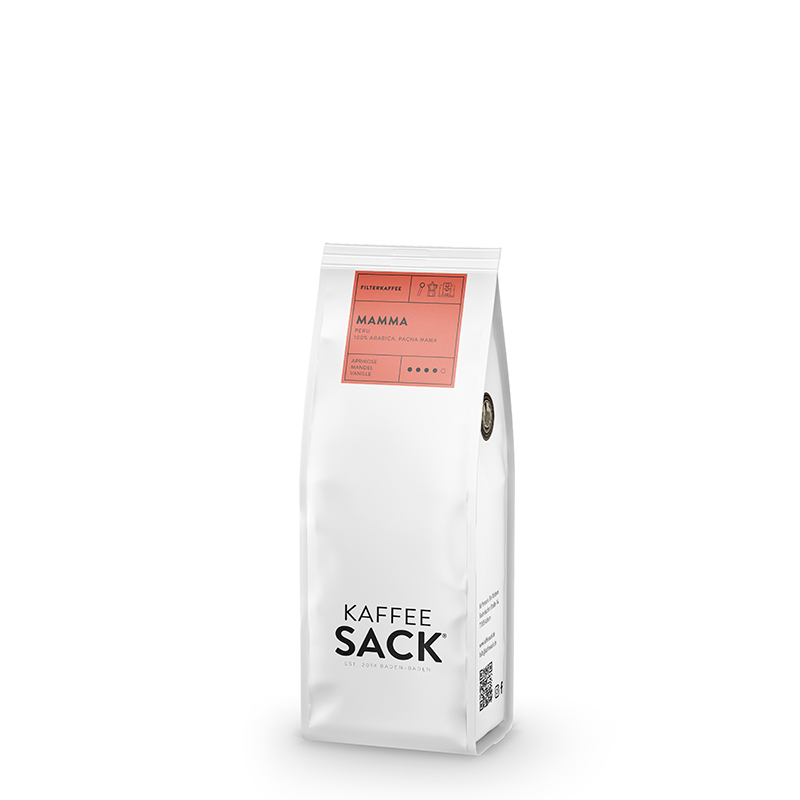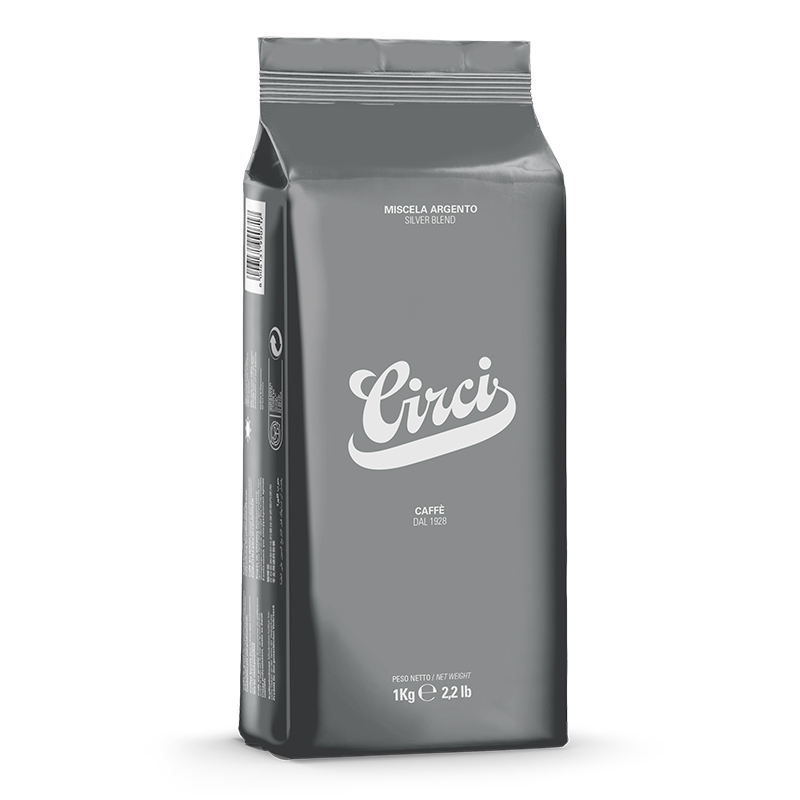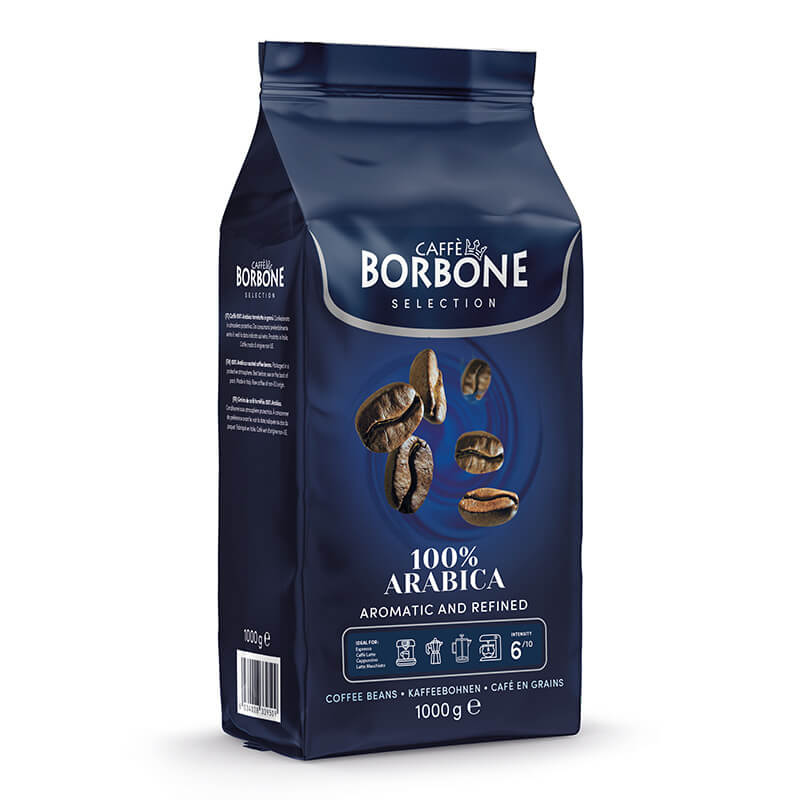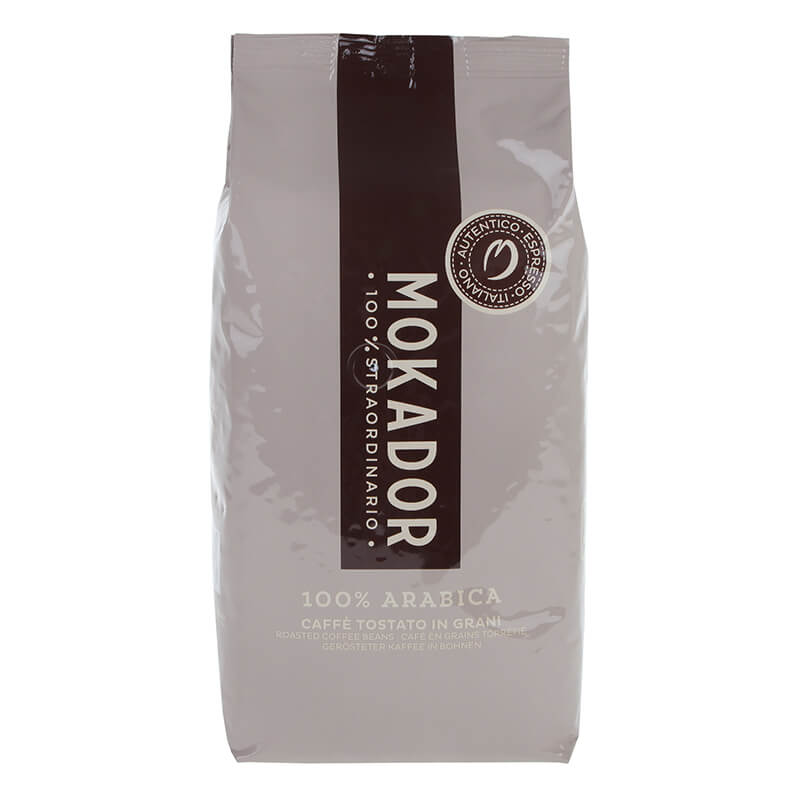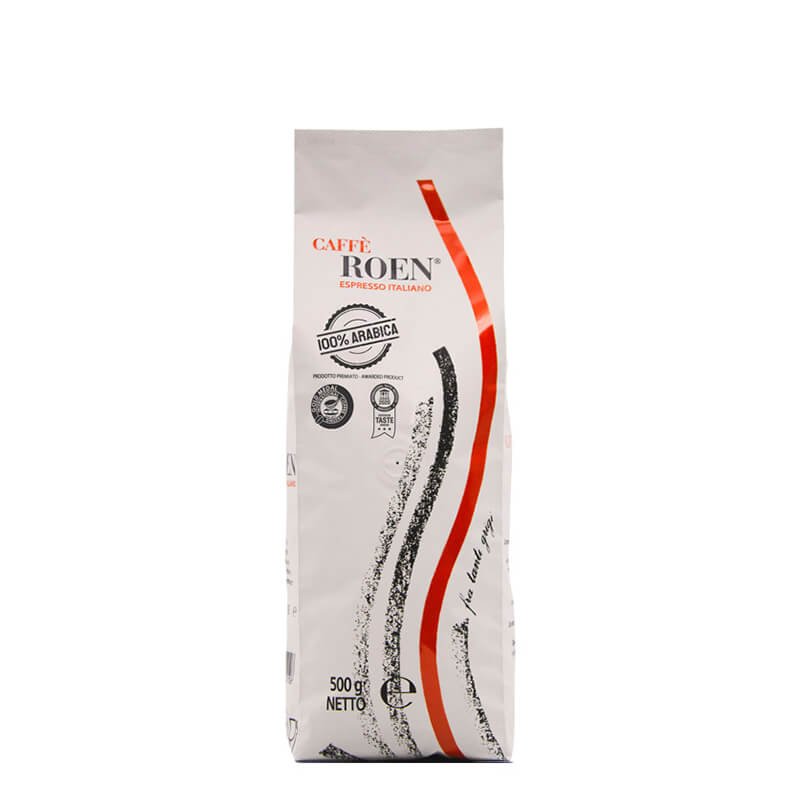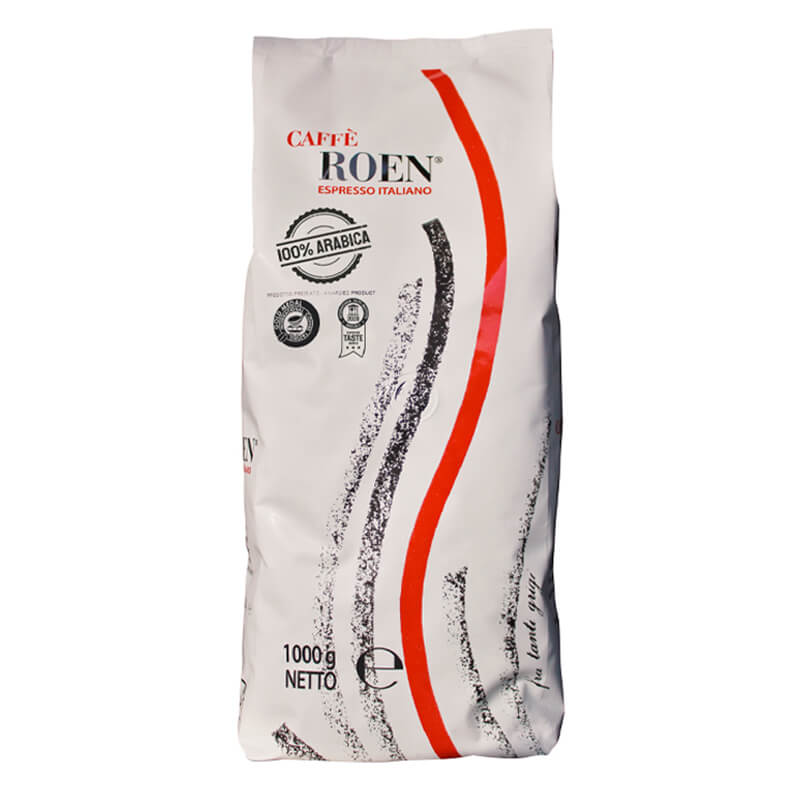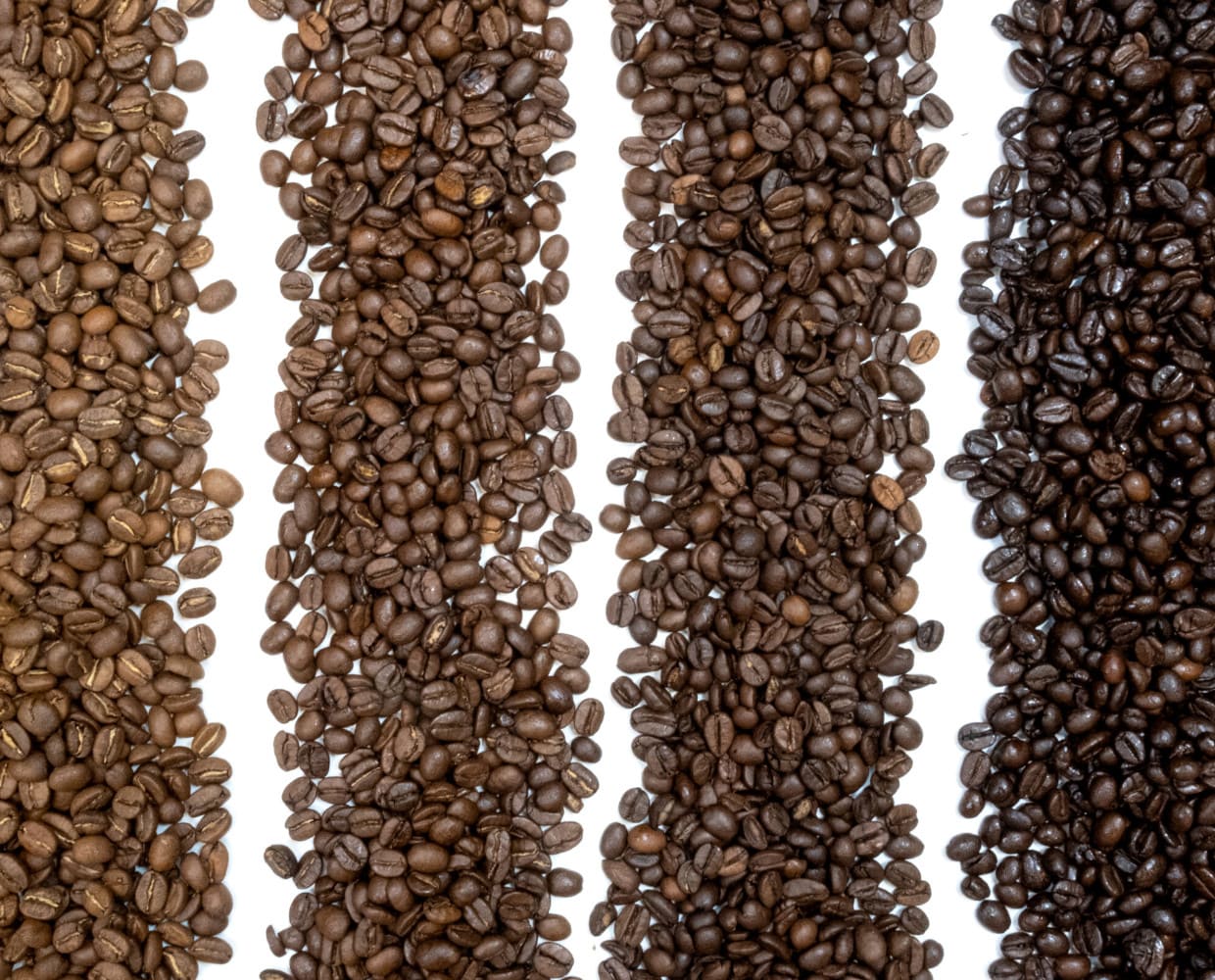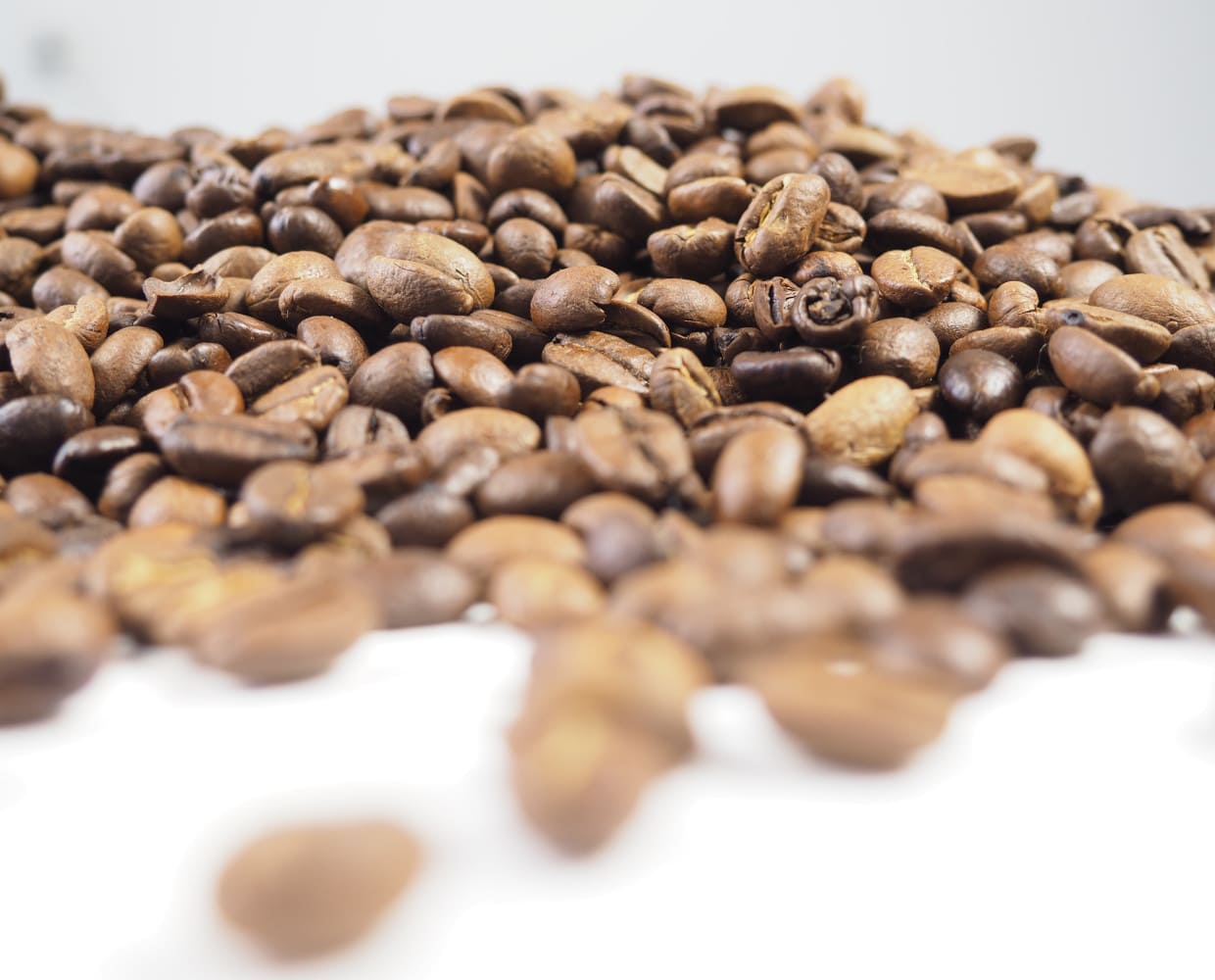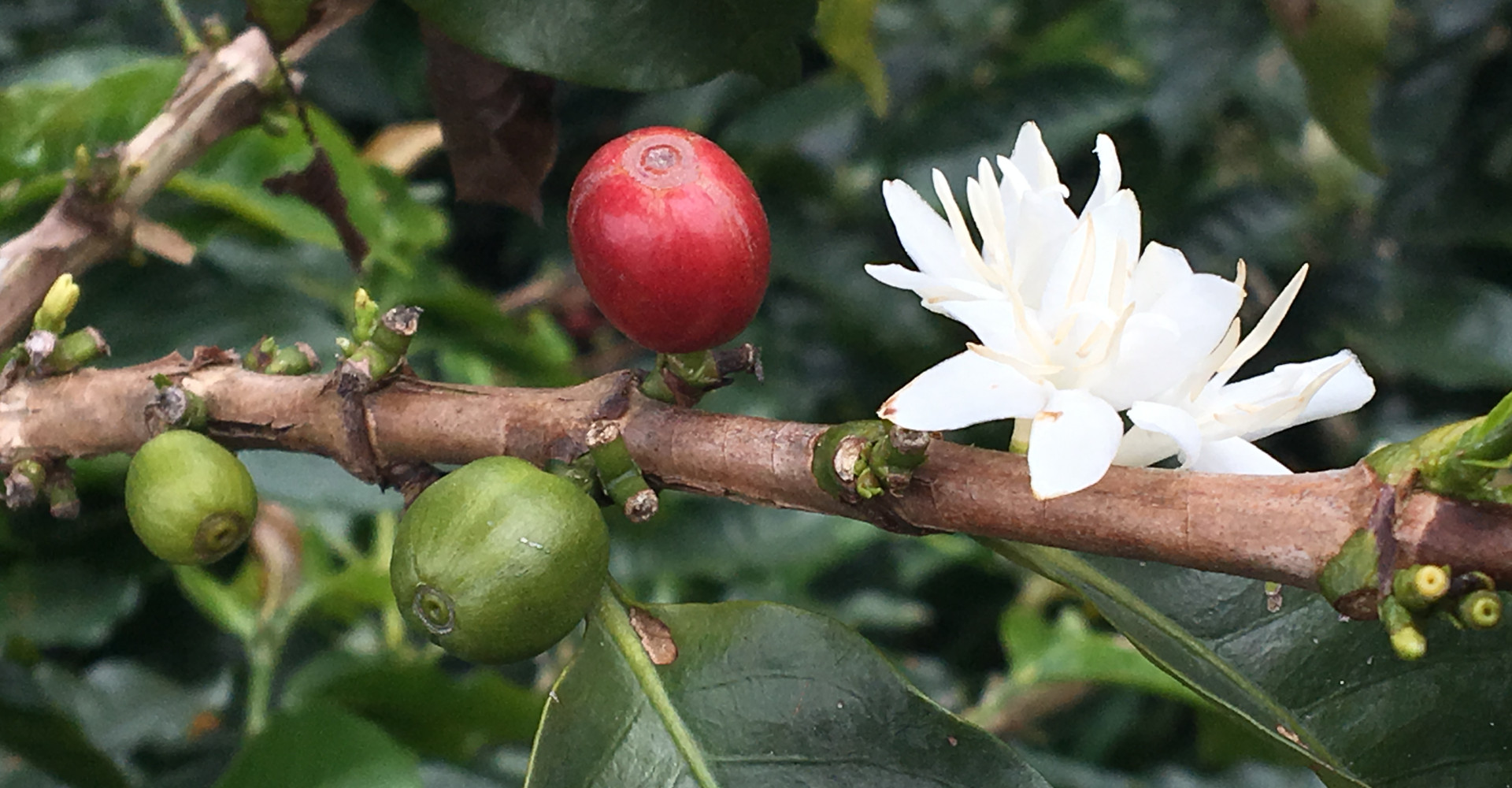

FROM COFFEE CULTIVATION TO THE COFFEE CUP
FROM COFFEE CULTIVATION TO THE COFFEE CUP
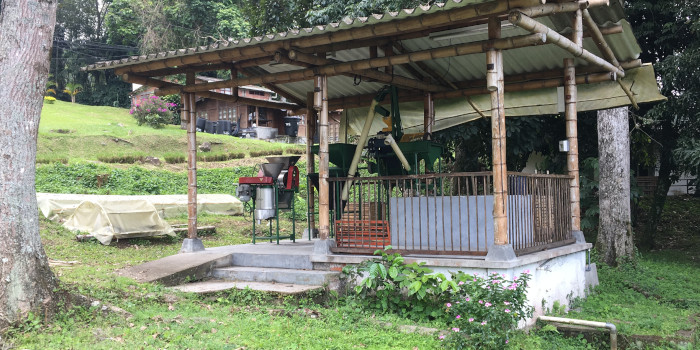

SEED AND CULTIVATION
In specially prepared seedbeds, the seeds can develop into seedlings in five to six weeks. They are then transplanted into special individual containers, where they grow into real coffee plants in six to eight weeks and can then also be transplanted to the plantations. The coffee plant grows shrub-like and can grow up to 10 meters tall. However, on the plantations, the plant is kept at a height of 1.5-2 meters to facilitate harvesting. Its roots extend up to 2.5 meters into the ground. The leaves of the coffee plant are dark green, smooth on one side, leathery on the other, and 8-15 cm long. After the first rains, the coffee plant blooms for the first time. The flower is white and star-shaped and gives off a pleasant fragrance. However, the flowering period usually does not last long, because the narrow petals fall off very quickly.
COFFEE PLANT
Arabica plants take 7 to 9 months for the coffee cherries to ripen. Robusta plants take nine to eleven months. However, the plant does not produce its first yields until after about 4 years. You can tell that the coffee cherries are ripe by the change in their color from green to yellow or red. The coffee cherry consists of the yellow or red cherry skin, the pulp, and the two seeds of the coffee cherry, the coffee beans. It still encloses a parchment skin with a mucilage layer and the silverskin. Sometimes only one bean develops in the coffee cherry, which is then called a pearl bean.COFFEE HARVEST


PREPARATION
SHIPPING AND TRADE
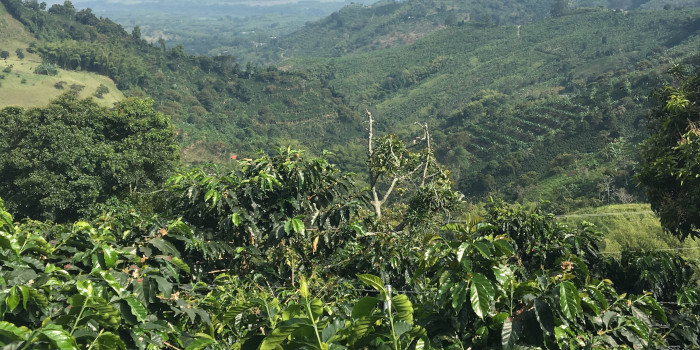

CONCLUSION
The path from coffee cultivation until the coffee finally ends up in our cup differs from coffee variety to coffee variety and from different roasters. And that's what makes our favorite beverage so special: Each bean travels a different path, which contributes significantly to the taste and aroma and thus makes possible the diverse selection of different coffee beans that we can experience today.
DISCOVER EVEN MORE COFFEE KNOWLEDGE
Discover the big universe of the small coffee bean with us. With exciting topics around coffee and espresso we present you interesting and worth knowing topics from the world of coffee. Immerse yourself with us and become an absolute coffee nerd yourself.
ARABICA AND ROBUSTA
Learn more about the basic differences between the two beans: Arabica and Robusta.

